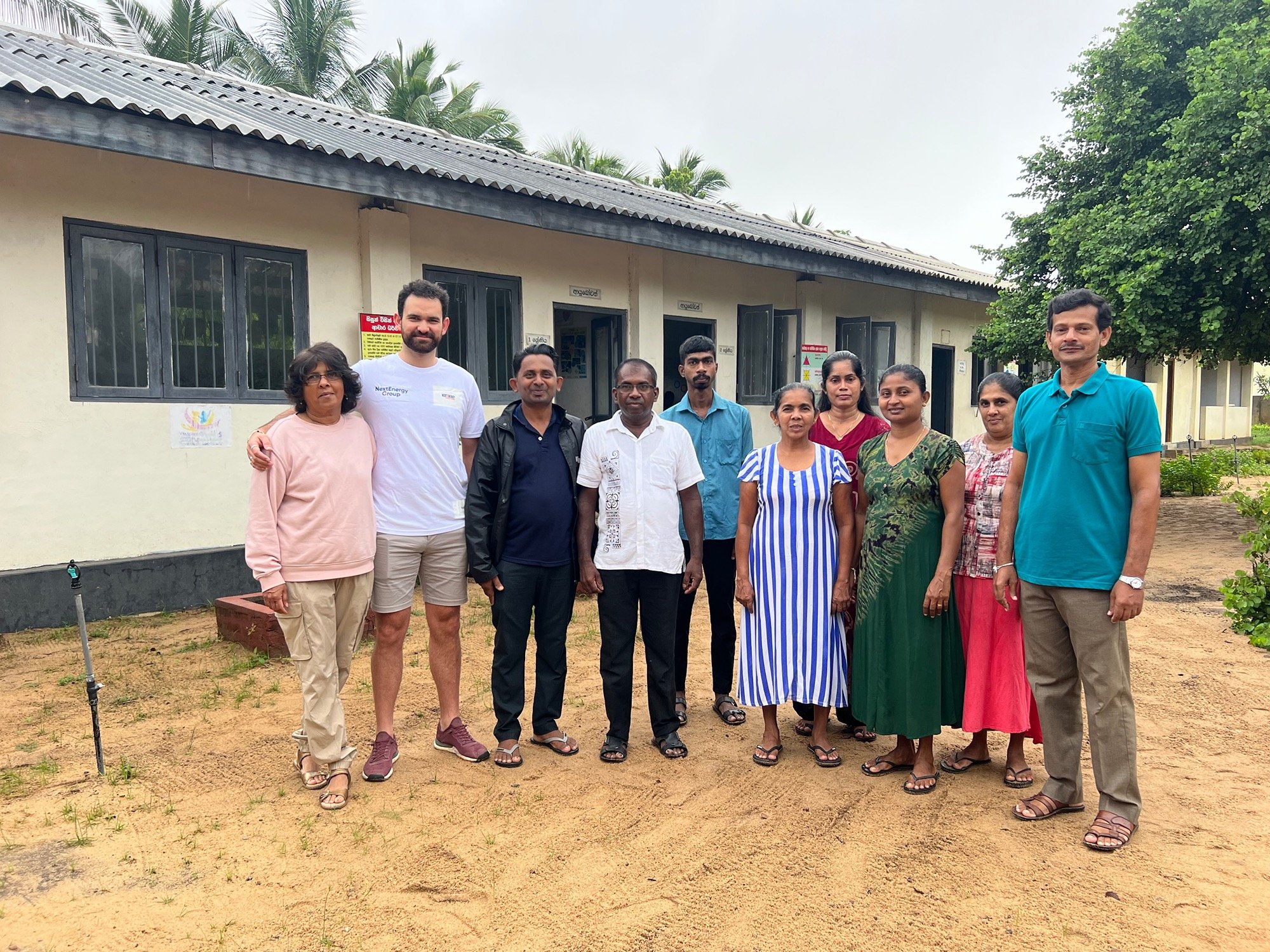Alleviating poverty through renewable energy projects in Sri Lanka and Nepal
Empowering Communities in Sri Lanka and Nepal
Helios Renewable Energy Foundation was established to alleviate energy poverty in Sri Lanka and Nepal, by funding the installation of renewable energy systems e.g. solar PV. Many communities struggling to pay their bills, or with limited or no access to electricity, would fall within our remit. To date, the projects we have supported, or are considering supporting, include schools, health centres, water filtration plants and off-grid water pumping systems for agriculture or remote communities.
Climate Change is undoubtedly one of the biggest challenges to public health, but this can be exacerbated in poorer communities with limited access to affordable energy. In these communities women are often left behind, a status which can be changed with affordable energy to support education, health and livelihoods. Helios aims to address the issues of energy security and climate change in some of the most vulnerable societies in Sri Lanka and Nepal.
Why Sri Lanka?
Sri Lanka still bears the scars of the 2004 tsunami, the civil war which lasted until 2009 and more recently Covid-19 and the collapse of the government due to foreign exchange bankruptcy.
The Northern District of Sri Lanka, together with the Eastern and Central Provinces, are the regions with the largest share of the population living in poverty.
Addressing this can be the answer to mitigate against much of the suffering in these communities.
Sri Lanka has abundant natural energy resources, with solar irradiation estimated to be over 20% greater than the UK, employable all year round.
With our family connections to Sri Lanka and our expertise in the installation of solar systems, we are able to reach some of the most deprived communities and support them.


Why Nepal?
Despite its prominence as the adventure capital of the world, Nepal is one of the least developed countries with limited resources for economic development, resulting in widespread poverty.
From the highest mountains on earth to the Terai, just above sea level, in a distance of 200kms, Nepal’s terrain has created isolated communities, many surviving just above the poverty line.
These communities have limited or no access to energy. However solar technology today can support these communities. Off-grid systems can be deployed to support schools or hospitals. Villagers can be trained to manage such systems and support their communities.
It may be paradise on earth for those of us fortunate enough to have worked, scaled a Himalayan peak or caught sight of a tiger, but for it’s people the options are limited.




